Home »
Misc »
How much is a free throw worth in basketball
How much is a free throw worth in basketball
Basketball Free Throws
Home>Sports>Basketball>Basketball Rules
PreviousNext
In basketball, free throws are penalty shots given to the team that a foul was committed against. Free throws are different from field goals in a few ways. A field goal may be worth two or three points, but a free throw is always worth one point. The shot is always taken from the free throw line, and no one is allowed to contest the shot. Free throws are also commonly known as foul shots.
Table of Contents
- Free Throw Line
- How Many Points is a Free Throw Worth?
- What Does A Free Throw Attempt Look Like?
- Basketball Free Throw Attempt
- Fouls That Result in Free Throws
- Basketball Penalty Situation
- Substitute Free Throw Shooter
- Basketball Free Throw Percentage
- FAQ
Free Throw Line
All free throws happen from a team's respective free throw line, which is part of the key.![]() The free throw line is 12 feet wide, 19 feet away from the baseline, and 15 feet away from the backboard. The free throw line also forms the elbows as they intersect with the rest of the key.
The free throw line is 12 feet wide, 19 feet away from the baseline, and 15 feet away from the backboard. The free throw line also forms the elbows as they intersect with the rest of the key.
Free throws are also called foul shots, and the free throw line is also known as the foul line.
How Many Points is a Free Throw Worth?
Free throws are always worth one point in basketball. However, players can be awarded different amounts of free throw attempts based on how they were fouled. If a player is fouled shooting a two-point shot, they will get two free throw attempts. If they are fouled shooting a three-point shot, they will get three free throw attempts. This is done to award shooters with the opportunity to get the points they were stopped from scoring as a result of the foul being committed.
If the player makes the shot while they are being fouled, they will always receive one additional free throw, regardless of if it was a two or three-point shot.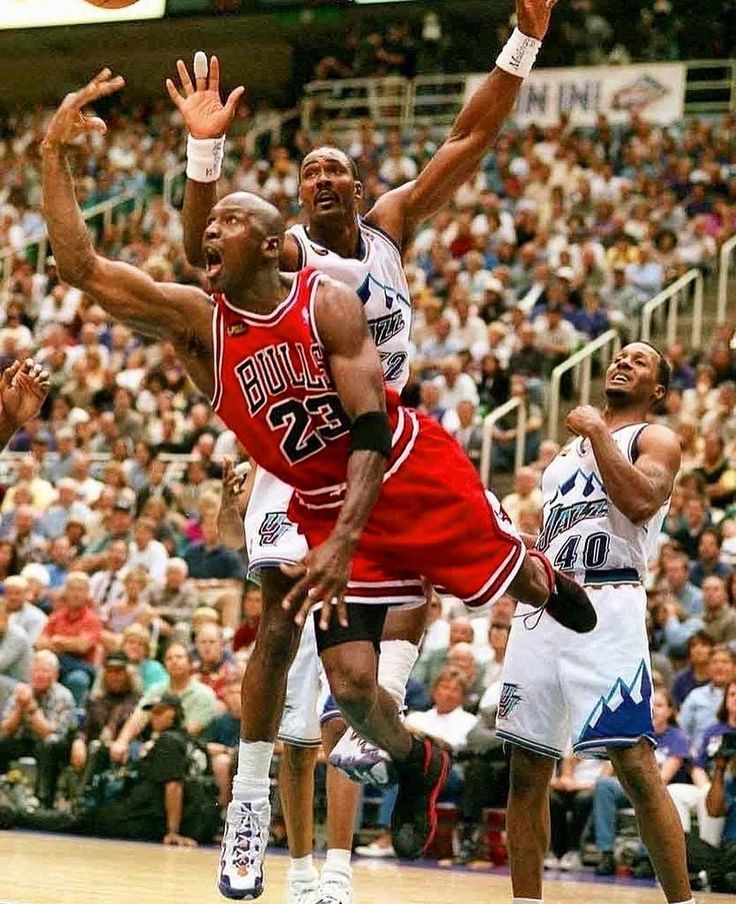
What Does A Free Throw Attempt Look Like?
When shooting free throws, play is stopped, and the free throw shooter lines up behind the foul line. Up to six players line up along the borders of the lane and wait for the free throw shooter to shoot their free throws. Four of these players are from the opposing team, and two are from the free throw shooter's team. All other players on both teams must remain behind the three-point line.
The referee passes the ball to the free throw shooter, and they have ten seconds to shoot the free throw once they receive the ball. After the shot, each defensive player lined up along the lane attempt to box out the offensive players from getting a rebound.
Basketball Free Throw Attempt
Once the free throw shooter is in place behind the free throw line, he will get the ball from the referee to take the free throw. The free throw shooter has ten seconds to shoot each free throw. Four things can happen on a free throw attempt:
- The free throw is made: one point is awarded to that player’s team.
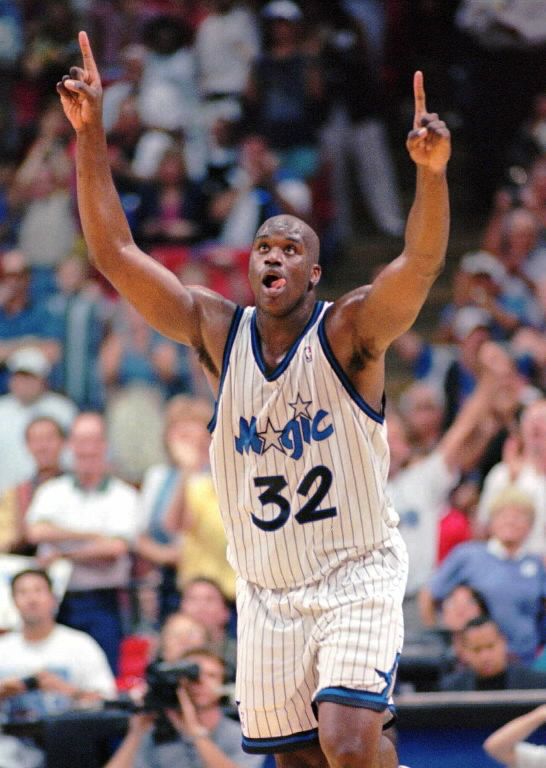 If it is the final free throw for the shooter, the ball is inbounded by the other team, and the game continues.
If it is the final free throw for the shooter, the ball is inbounded by the other team, and the game continues. - The free throw misses: If it is the player's last free throw attempt, the ball is live, and anyone can try and rebound it. Usually, defensive players have the edge because they get to be positioned closer to the basket. If it is not the shooter’s last free throw, the referee will collect the ball and pass it back to the shooter to attempt the next free throw.
- There is a lane violation: A lane violation occurs if a player on either offense or defense crosses the line into the painted area before the free throw is released or at lower levels before the ball hits the rim. If someone on the offense commits a lane violation, then the ball is turned over. If someone on the defense commits a lane violation, the shot is retaken.
- The free throw attempt misses the rim altogether: This is also considered a violation. If it goes out of bounds, the ball will be given to the opposing team, and play will be restarted normally.
 If it hits only the backboard or stays in bounds, the referee will stop play and award the ball to the opposing team of the free throw shooter.
If it hits only the backboard or stays in bounds, the referee will stop play and award the ball to the opposing team of the free throw shooter.
Fouls That Result in Free Throws
If a player is fouled, they are awarded free throws. The amount of shots they get to take depends on how and where they were fouled. The fouls that can lead to free throws are:
- Common Fouls
- Technical Fouls
- Flagrant Fouls
Common Fouls
Common fouls include most of the basic penalties in basketball, including shooting, blocking, and charging fouls. However, fouls are awarded differently depending on the situation. If a shooting foul is awarded on a three-point shot, the offense gets three free throws, and, if a shooting foul is awarded on a two-point shot, the offense gets two free throws.
If any other common foul is given, free throws may or may not be given, based on if the team is in the bonus, also known as the penalty situation. If a team is in the bonus, they will receive free throws, and if they aren’t, the ball will be inbounded by the team that was fouled. Different leagues have very different rules for how the penalty situation works.
Different leagues have very different rules for how the penalty situation works.
Technical Fouls
Technical fouls are not based on physical contact like most fouls in basketball. You can be given a technical foul for anything the referees decide is an unsportsmanlike act, such as arguing a call or using inappropriate language towards another player or referee. Unlike other personal fouls, technicals can be given to players or coaches. The result of committing a technical foul is one free throw for the opposing team. Whether the free throw shooter makes the free throw or not, the team that was fouled retains possession of the ball afterward.
Flagrant Fouls
Flagrant fouls are grouped into two categories, flagrant 1 fouls and flagrant 2 fouls. Both result in two free throws and possession after the shots for the team that was fouled. Flagrant 1 fouls are when a foul is considered unnecessary to the discretion of the referees. Flagrant 2 fouls are considered “unnecessary and dangerous” and result in the ejection of the player who committed the foul.
Basketball Penalty Situation
As the game goes on, fouls by each team are counted, and when a team commits a certain number of fouls, they will be in the bonus. When a team is in a penalty situation, also known as the bonus, they receive additional free throws as a result of the other team committing common fouls, even if the foul is not a shooting foul. However, the rules for the penalty situation are completely different in all basketball leagues.
In college basketball, there are two penalty situations:
- One and One
- Double bonus
In the NBA, there is only one penalty situation, called the bonus.
College Basketball One And One
One and one in college basketball is a penalty situation that grants a team one free throw and an additional free throw if the free throw shooter makes the first one. A one and one is given when the opposing team reaches seven fouls in a single half.
College Basketball Double Bonus
The double bonus is a penalty situation that only occurs in college basketball, which gives a team two free throw attempts every time a personal foul is committed. The double bonus only happens when a team commits ten or more fouls in a single half.
The double bonus only happens when a team commits ten or more fouls in a single half.
NBA Basketball Bonus
The bonus in the NBA is a penalty situation that happens when a team reaches five fouls in a single quarter. When a team is in the bonus, the player who is fouled is awarded two free throws. Unlike in the NCAA, there is no double bonus situation in official NBA games.
Substitute Free Throw Shooter
A substitute free throw shooter can take the place of the original free throw shooter if they are injured on the play, such as after a flagrant foul. The head coach can choose one of the other four players on the floor as a substitute free throw shooter. If a player is substituted out for a free throw, they are not allowed to come back into the game.
Basketball Free Throw Percentage
A free throw percentage in basketball is a statistic that keeps track of a player's success rate shooting free throws during a season. To calculate a player’s free throw percentage, you divide the number of made free throws by the total amount of free throws attempted. The higher the free throw percentage, the better the player is at making free throws. Free throw shooting is a tell-tale sign of players having good focus and consistent shooting form.
The higher the free throw percentage, the better the player is at making free throws. Free throw shooting is a tell-tale sign of players having good focus and consistent shooting form.
FAQ
How many points is a free throw worth?
A made free throw in basketball is worth one point. The amount of free throws a player gets is determined by the foul committed by the opposing player or team. If a player is fouled in the shooting motion, they will get two free throws if they were inside of the three point line and three if they were behind the free throw line.
When would a player be awarded a free throw?
Players are awarded free throws in basketball when they have been fouled by the opposing team. This can come from a common foul, technical foul, or flagrant foul. The most common foul to result in free throws being awarded is a shooting foul. Shooting fouls result in two free throws if the shooter was inside the three point line and three if they were beyond the three point line.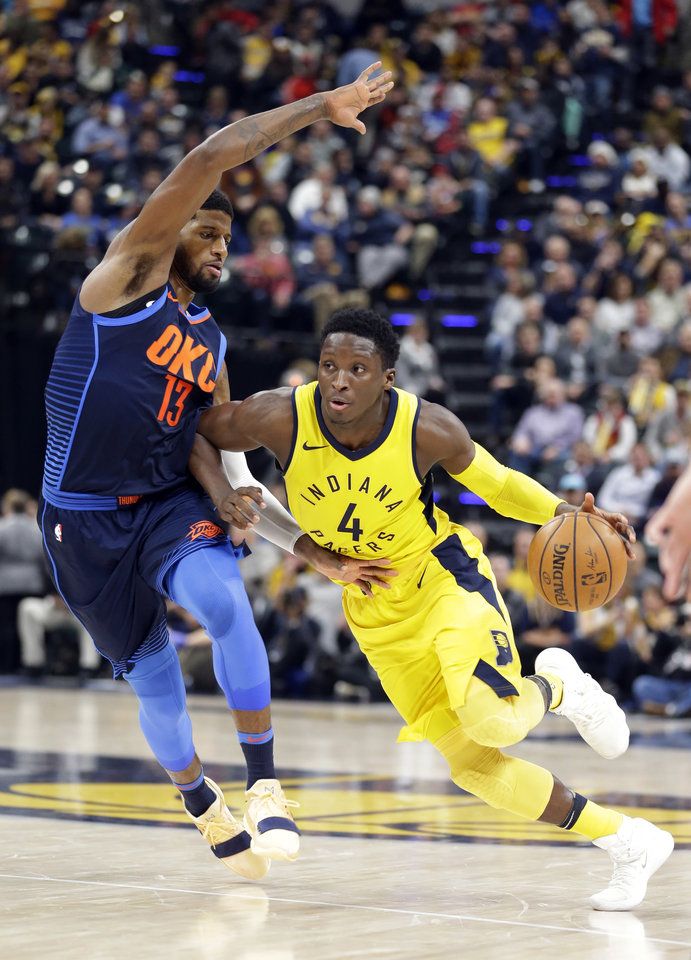
PreviousNext
Pages Related to Basketball Free Throws
- Basketball Game Structure
- Basketball Double Bonus
- Basketball Court Lines
- Basketball Game Length
- Basketball Halftime
- Basketball Dribbling
PreviousNext
How Many Points Are Free Throws Worth In Basketball?
In basketball, a free throw is worth one point. This means that if you shoot the ball and it goes in, you get credit for 1 point. If your opponent gets a hand on the ball before it goes into the basket, they can stop the shot and this will result in a foul being called on you.
After fouling someone, their team may choose to give them 2 or 3 free throws depending on how severe their foul was (basically any FT’s awarded from that particular possession are added onto their score). When playing tennis, there are also rules about what type of fault results in an automatic loss of points for your opponent – this is called a ‘foul’.
For instance: You make contact with your opponent without giving them enough time to hit back – this would be considered as “unsafe play” and results in an automatic loss of game points for your opponent (the referee might say “Fault. Unsafe Serve.”). Similarly, if somebody trips you while running down the court towards the hoop – even if they don’t actually touch you – they would still get two free throws instead of just one because it’s classified as a ‘foul’ offense by their opponents.
Unsafe Serve.”). Similarly, if somebody trips you while running down the court towards the hoop – even if they don’t actually touch you – they would still get two free throws instead of just one because it’s classified as a ‘foul’ offense by their opponents.
Finally, some sports have different types of fouls which result in different awards/points given; these include technical violations like punching balls off tables during games of pool or using illegal equipment like cork boards during badminton matches.
How Many Points Are Free Throws Worth In Basketball?
It’s important to foul your opponent in order to gain an advantage on the court. In basketball, a free throw is worth one point if made from within five feet of the basket and two points if made from beyond five feet.
A fouled shooter can get two or three free throws depending on how many FTs they were awarded before fouling their opponent. Foul type affects which FTs are given out–a charge results in one extra FT, while goaltending gets rid of both possible FTs (or one less for intentional foul).
Make sure you know how many free throws your opponent has left by checking their stats after each game.
A Free Throw is Worth One Point
A free throw is worth one point in basketball. You can score points by shooting a free throw or making a layup. It’s important to know the rules of basketball so you can improve your game.
Free throws are an opportunity to make a difference in the game, so take it. Make sure you have good positioning and aim if you want to make more free throws.
A Fouled Shooter Gets Two or Three Free Throws
A fouled shooter will receive two or three free throws depending on the severity of their foul. Points earned from Free Throws can be beneficial in a game of basketball, especially if you’re trailing by one point or less late in the fourth quarter.
Keep track of how many points your team is scoring and where they stand relative to the opponent’s score when deciding which Free Throw(s) to take. Be confident with your decision-making abilities; don’t hesitate to shoot if it looks like you have an opportunity for a big play.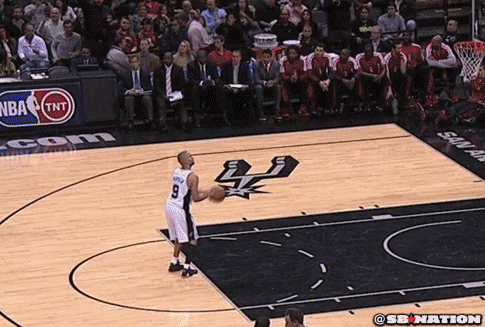
Free throw shooting isn’t as difficult as some people make it out to be,” says Coach Nancey Patterson, “just remember: practice makes perfect.”
Foul Type Affects How Many FT’s Are Awarded
A foul is defined as an infraction that results in a change of possession, such as getting fouled while shooting or throwing the ball away. The number of free throws awarded depends on the type of foul committed: personal (foul against player), technical (foul committed with no time left on the clock), offensive goaltending, defensive goaltending and flagrant 1/2.
Fouls that are called with less than three seconds remaining in the game result in two free throws being awarded—one for each team. Fouls that occur at half court or below will not result in any FT’s being given; these types of calls are considered “flagrant” and incur ejection from play penalties accordingly. In order to make sure you’re awarding accurate FT’s, be familiar with which fouls fall into which category so your players can strategize properly.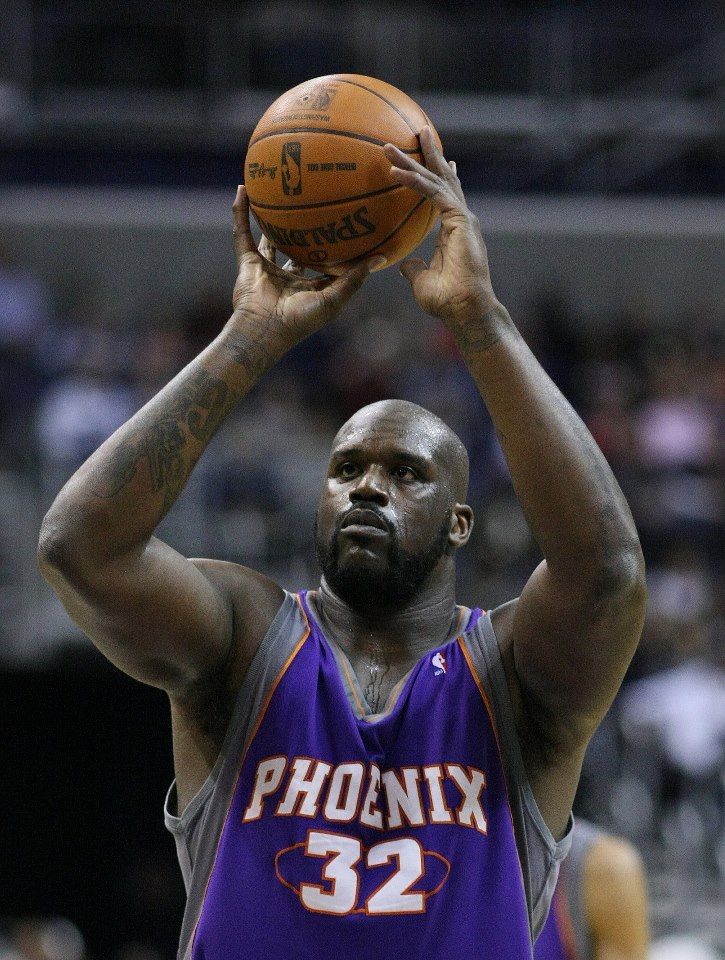
Are free throws 2 points?
In basketball, free throws are shots that a player takes without the ball being touched by another player. Free throws are worth two points, no matter how they’re scored.
If A Player Is Fouled On A Two-Point Shot And Makes The Shot, They Take One Free Throw
If a player is fouled on a two-point shot and makes the shot, they take one free throw. If they miss that shot, they take two free throws. This rule applies to both field goal attempts and three-point shots made from within five feet of the basket.
What is the point value of a free throw?
A Free Throw Attempt is worth one point when playing basketball. Fouls result in a loss of possession and a free-throw attempt if committed by either team.
The ball must be held by the player taking the shot for it to count as a valid free throw, even if they are fouled while shooting or passing the ball. If the ball is released before it hits the ground, it is an automatic pass and does not count as a free throw attempt or foul respectively. .
.
Why are free throws only 1 point?
In basketball, free throws are shots that you can make without having the ball taken from you. Free throws are worth one point, just like regular shots.
This is because in most cases, a player who gets the ball into their hands and shoots it is considered to have made a successful shot (even if they miss).
- Free throws are only 1 point because they are determined by the number of points scored, not the amount of shots made. If a shot is taken in front of or behind the three-point line, the point value changes. If a player misses the shot, they receive one free throw and that’s it.
- In order to make sure that every player has an equal chance at winning, free throws are given out based on how many points were scored rather than how many shots were taken. This way, even if you’re playing against someone who makes more shots than you do, you can still win by scoring enough points on your own to take home the victory.
What is the new free throw rule?
The new free throw rule is a change to the rules of basketball that takes effect in 2018. It changes how possessions are counted, and can affect the way teams play.
It changes how possessions are counted, and can affect the way teams play.
In short, when a player shoots or misses from beyond the three-point line, they now have two chances instead of one to attempt a free throw. The NBA is considering a change to the transition take foul rule.
Currently, if an opposing player commits a take-away violation during the transition play, the offensive team does not get a free throw. However, under this new proposal, if an offensive player commits a take-away violation while in possession of the ball after making initial contact with an opponent on the perimeter during transition, then both teams would receive one free throw and possession of the ball.
This rule change would apply to both regular season games and playoff games.
How many points is a layup?
A layup is a shot taken from close range, typically when the player has both their hands on the ball. To make a layup, you must take the ball from your opponent and have both your hands on it; if you are unable to catch the ball with both hands, you cannot try to score on the throw-in or use your body as an obstacle in front of the net for rebounding.
If you are unable to catch the ball with both hands and attempt to dunk it (a situation where you would normally attempt to make a layup), then you can either shoot or pass off to someone else who may be able to put it in at goal. Finally, if all other options fail and you still want possession of the ball but do not want it scored (i.e., used as an obstacle),
Then attempting a two-point shot will result in success – this is called a “two-point” Layup because it’s worth two points instead of one like most shots are worth in basketball
How many points is a layup worth?
Laying up is a technique used in golf where the golfer takes an extra swing to get their ball into the same position as their original shot. When done correctly, this can give them a few more points on the board.
However, it’s worth noting that laying up generally isn’t worth much of a point difference.
A layup is worth two points
A dunk or tip-in is worth three points, while a layup is only worth one point.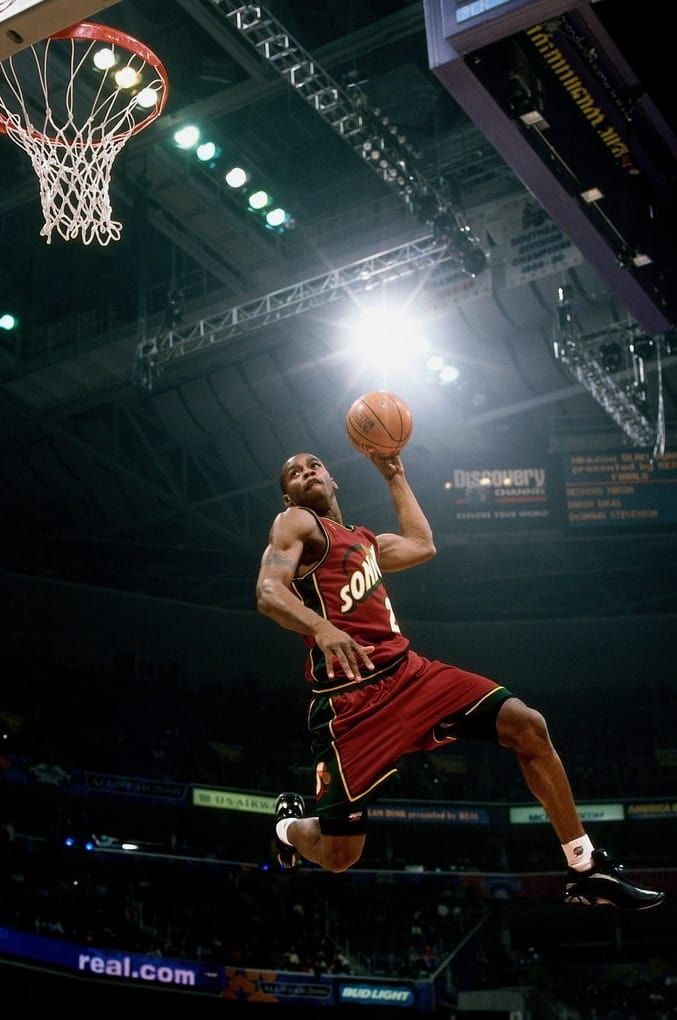 To make a layup, you first have to jump vertically and thenlay the ball up near the basket using one hand.
To make a layup, you first have to jump vertically and thenlay the ball up near the basket using one hand.
When did the free throw line up change?
The free throw line up changed in 1895 when it was moved up to 15 feet. If you make a 20-foot shot, it counts as a field goal. Fouls were originally rewarded with a 20-foot shot.
Can you dunk a free throw?
There was once a time when dunking a free throw was considered an illegal play by professional basketball coaches. However, this has changed in recent years as Wilt Chamberlain showed the world that it can be done.
Anyone who is eligible to dunk their free throws – including shooting guards and small forwards – can do so if they are determined to try it. If you’re ever caught dunking your free throw illegally, don’t worry; the rule change after Wilt’s career meant that you won’t get fined or penalized too harshly for doing so.
It’s best not to take risks with your shot and just let nature take its course when attempting this tricky feat at the hoop.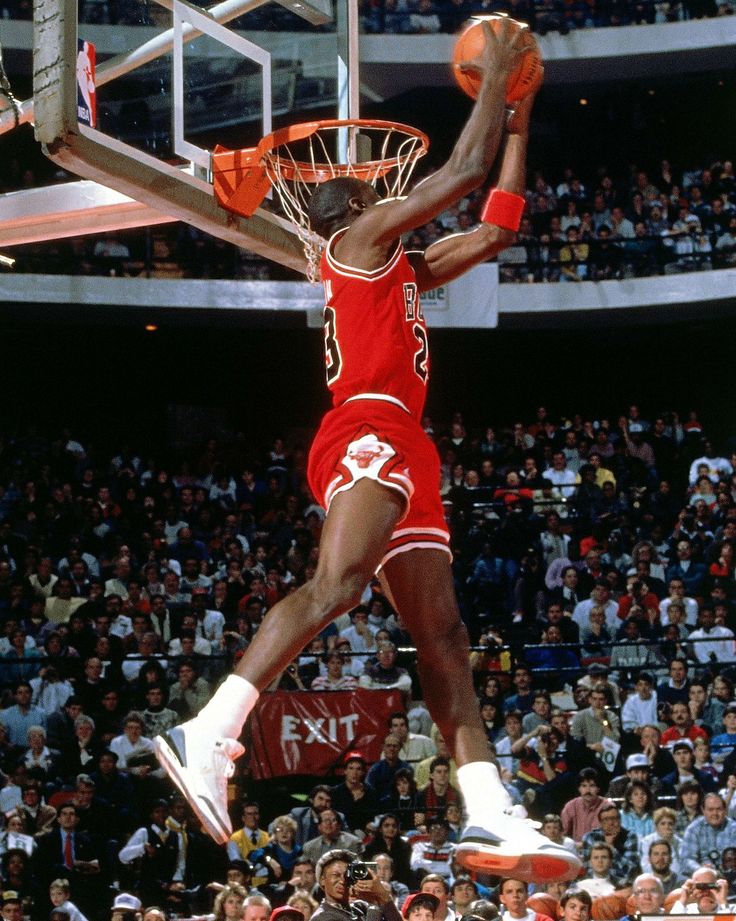
To Recap
There is no definitive answer to this question since it depends on a number of factors, such as how skilled you are and the league in which you play. However, if you want to maximize your chances of scoring points, playing free throws could be a good idea.
Similar Posts:
What Is A Dime In Basketball?
A dime in basketball is a small amount of money that is given to players at the beginning of each game. It is usually given to the player who makes the first basket, or the player who has the most assists.
Can You Catch Your Own Airball?
When you play basketball, it’s important to keep your hands close to the ball at all times. If you catch an airball, that is when the ball goes off the side of the court and into your hand before it reaches the ground.
What Is A Pepper Game In Baseball?
Pepper games in baseball refer to any game where two teams play against each other, with the objective of preventing the other team from winning.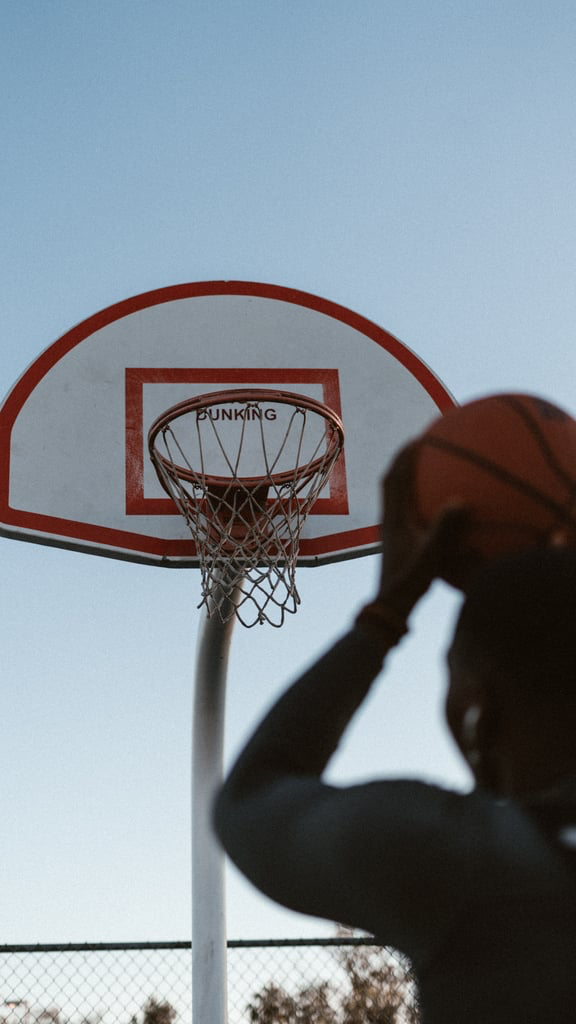 It is a type of game that can be used as a tie-breaker or when one team has already won.
It is a type of game that can be used as a tie-breaker or when one team has already won.
What Is A P.O. In Baseball?
In baseball, a P.O. is short for “pitcher’s out.” When a pitcher completes his turn at the plate, he is said to be out if any of the following are true: he strikes out, bunts over the head of the first baseman or catcher, fields a batted ball cleanly, and throws to first base.
How To Hit A Two Handed Forehand?
Hitting a two-handed forehand is an important part of tennis. It’s a great weapon to use against your opponents when you’re in control of the point and need to take the ball away from them.
What Do Tennis Umpires Say When The Ball Bounces Twice?
Tennis umpires have a unique perspective on the game of tennis. They are in charge of making sure that all rules are followed and that the games run smoothly.
Execution technique, placement of players, points, distance to the ring
Home / All sports / Free throw in basketball: execution technique, placement of players, points, distance to the ring
01/19/2020 All sports Leave a comment 56,020 Views
Share with friends
A basketball free throw is a shot taken by one player of the fouled team.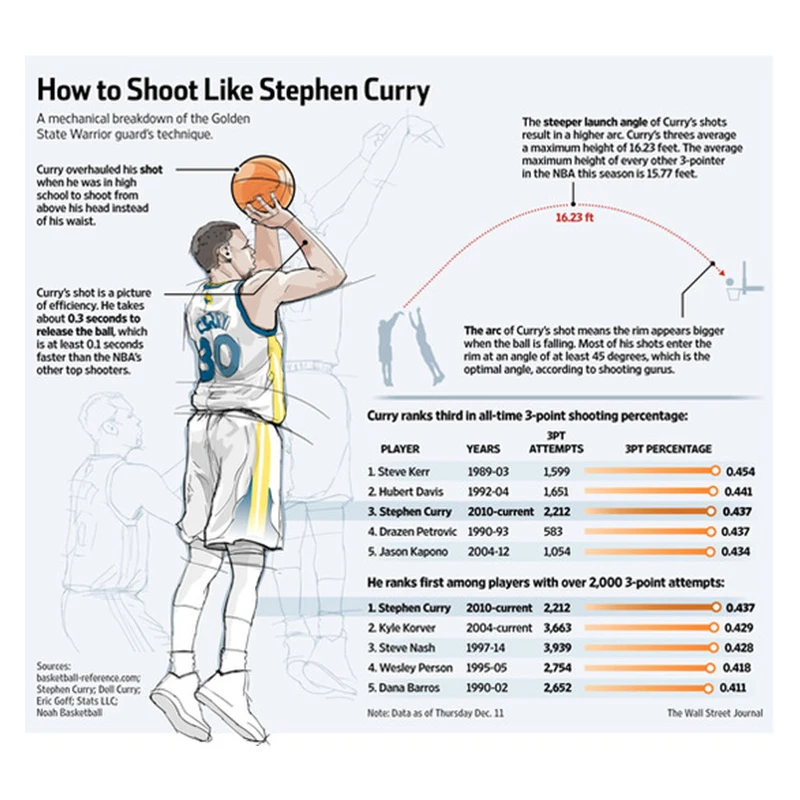 Free throws differ from game throws by the number of points awarded. From the game, a basketball player can write down 2 or 3 points to his account, and each realized penalty brings only 1 point. A free throw is always made from a certain place on the court - the free throw line, and none of the players of the opposite team should interfere with its implementation, that is, this is a kind of penalty kick in which the player with the ball fights against the ring with a shield.
Free throws differ from game throws by the number of points awarded. From the game, a basketball player can write down 2 or 3 points to his account, and each realized penalty brings only 1 point. A free throw is always made from a certain place on the court - the free throw line, and none of the players of the opposite team should interfere with its implementation, that is, this is a kind of penalty kick in which the player with the ball fights against the ring with a shield.
The ability to shoot free throws is one of the most important skills a professional basketball player should have. The implementation of such a penalty can determine the outcome of the game, although it is not always easy to execute such a technical element, especially due to pressure from the stands. To throw the ball into the ring, the player must have confidence, correctly set throwing technique and good concentration. Even some of the most famous and experienced players in the NBA have trouble getting into the basket from a free kick.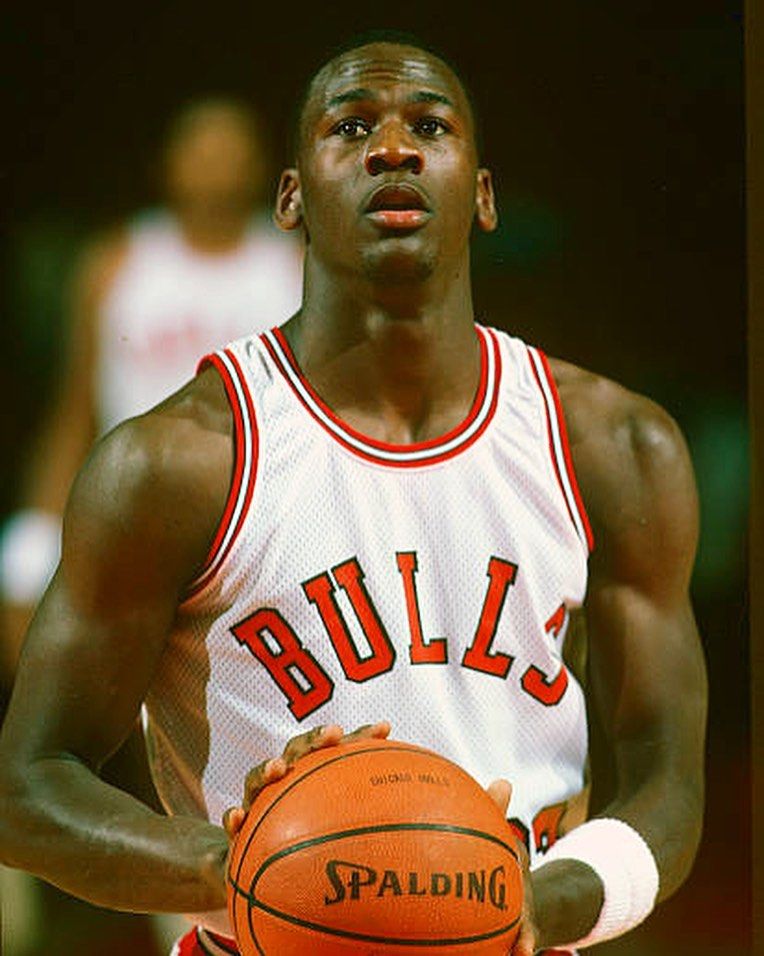 A good indicator is when a basketball player manages to realize 75-80% of all shots, and when the statistical indicator is below 50%, then such persons, with a high degree of probability, will rest on the bench at the end of the match.
A good indicator is when a basketball player manages to realize 75-80% of all shots, and when the statistical indicator is below 50%, then such persons, with a high degree of probability, will rest on the bench at the end of the match.
How many free throws are there in basketball?
Let's start with the fact that all free throws are taken from a certain line, which is part of the basketball court markings. At a distance of 4.6 meters from the ring and 5.8 meters from the end line there is a free-throw line 3.6 meters long.
If a player breaks the rules, free throws are awarded to his team. The number of shots fired depends on where and how the foul was committed.
- 1 free throw - a player was fouled, who managed to throw the ball into the basket and hit it. Also, with a technical foul, 1 throw is given.
- 2 shots - awarded when a player is fouled on a shot and missed. Also, 2 throws are assigned when a violation of the rules occurs on an athlete who did not plan to throw the ball into the basket, and the team of the offending basketball player has more than 5 fouls.

- 3 Throws - When an athlete about to take a throw is fouled outside the 3-point zone. If the throw is not accurate, then 3 penalties are awarded.
Note that when a basketball player who has committed 5 personal or technical fouls (6 offenses in the National Basketball Association - NBA) or 2 unsportsmanlike fouls in a match, must leave the playing court and no longer enter it, while he is allowed to remain on the bench .
Dimensions of the basketball court in meters (FIBA and NBA standard)
Position of players during a free throw in basketball
During the execution of a free throw, all players on the court must take certain positions. Along the free throw lane, on the sides of the so-called rectangle from the line to the ring, there are 5 players: 3 from the defending team and 2 from the attacking team. Closer to the ring on both sides are the basketball players of the defending side, in the middle there are 2 attackers and one more defender on the right or left closer to the thrower. All other players from both teams must be outside the 3-point zone.
All other players from both teams must be outside the 3-point zone.
Basketball free throw technique
Free throw can decide the outcome of a single match, so it is important to understand that such a technical element should not be ignored, but rather needs to be constantly trained and improved. Approaching the free-throw line, concentrating and accurately putting the ball in the basket is a difficult task for many players, even top professionals. The free throw is the only opportunity in basketball where the defense can in no way interfere with throwing the ball into the rings and scoring a point. Below are the techniques for throwing in stages with important tips:
- Mentally focus on the execution of the next throw. Force yourself not to worry and pay attention to others, especially loud fans of the opposing team.
- Relax. Every basketball player should be familiar with the relaxation techniques, you need to learn a certain breathing technique that will reduce nervousness and tension.

- Body alignment. It is important for the thrower to align his body at the free-throw line. Statistical studies show that correct body position significantly increases a player's chances of making an accurate shot. The legs should be shoulder-width apart, and the fingers should be located at a distance of 3-5 centimeters from the line. Also, the legs should be slightly bent at the knees.
- Bend the pushing arm at the elbow pointing straight at the ring. The elbows tend to swing out to the sides and it is important to keep them close to the body before throwing.
- Eyes are best focused directly on the target. Decide right away how you want to hit: immediately into the ring or with a rebound from the shield. With practice, you will begin to feel more confident in the stance and will not need to pay much attention to the location of the elbows. This in turn improves accuracy.
- Execution. The legs are unbent at the knees, the elbow is straightened, then the hand comes, and the ball is pushed out with the fingertips.
 It is important to do all this in one smooth movement, and you need to make sure that your legs do not come off the floor.
It is important to do all this in one smooth movement, and you need to make sure that your legs do not come off the floor.
These are the simple rules for shooting free throws in basketball. By following them and regularly practicing this technical element, you will eventually begin to hit the ring more often, or even completely forget what a miss is.
Rules of the game of basketball briefly and clearly in paragraphs
2020-01-19
Check also
Share with friendsThe women's final of Wimbledon 2022 has ended, in which the second racket of the world, the representative of Tunisia, Ons ...
free throws, definition, rule, penalty
43.1 Definition
43.1.1 A free throw is an opportunity given to a player to score 1 point by shooting into the basket inside the semi-circle and free throw line without interference from position inside the half-throw line and free throw.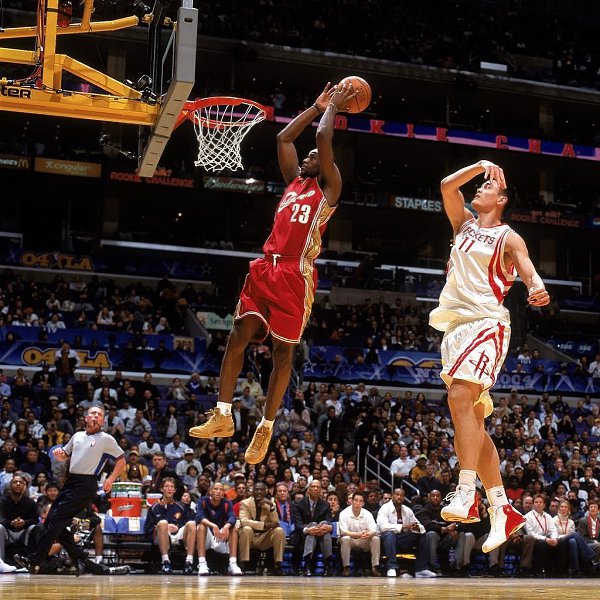
43.1.2 Free throws are all free throws and/or subsequent possession of the ball resulting from a 1 foul penalty.
43.2 Rule
43.2.1 When a personal foul is called, the penalty for which is a free throw(s): take the free throw(s).
• If requested to be substituted, he must attempt the free throw(s) before leaving the game.
• If he must leave the game due to injury, 5 fouls or disqualification, then the substitute player must attempt the free throw(s). If a team has no more spares left, the free throw(s) shall be taken by any player of that team, designated by its coach.
43.2.2 When a technical foul is called, any member of the opposing team designated by its coach shall attempt a free throw.
43.2.3 The player taking the free throw must:
• Stand behind the free throw line and inside the semicircle.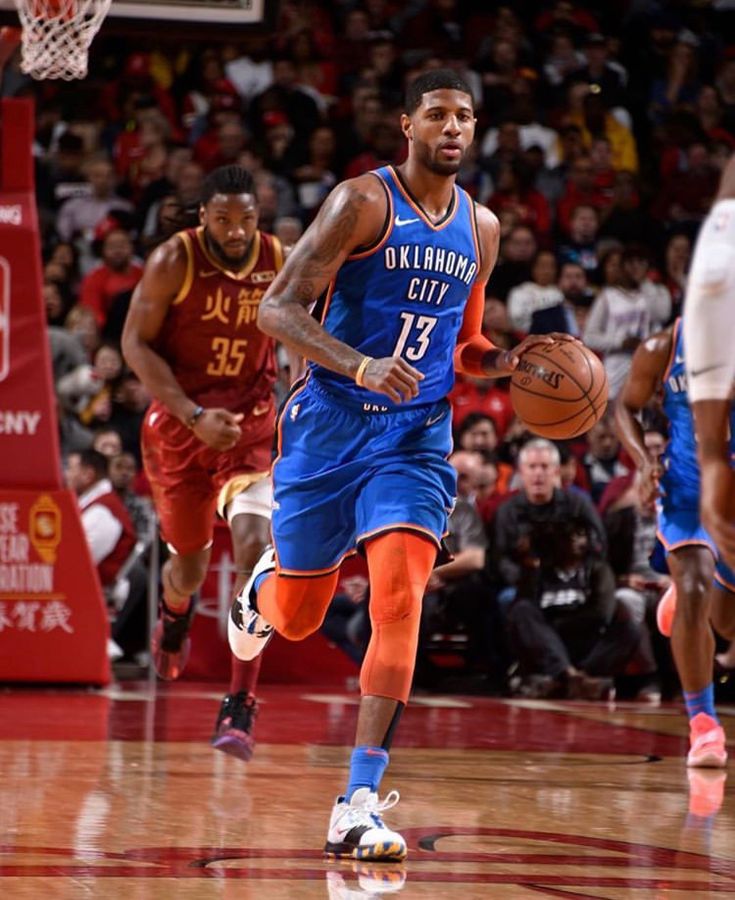
• Use any method of taking a free throw in such a way that the ball enters the basket from above or touches the ring.
• Release the ball from the hands within 5 seconds from the moment it was placed by the referee at his disposal.
• Do not touch the free throw line or enter the restricted area until the ball has entered the basket or touched the ring.
• Do not simulate a free throw.
43.2.4 Players on the free throw rebounding spots are entitled to alternate positions on those spots 1 meter deep, as shown in Diag. 6.
During free throws, these players must not:
• Take up free throw rebounding positions that are not intended for them.
• Enter the restricted area, neutral zone or leave a free throw rebounding area until the ball has left the free throw shooter's hand(s).
• Interfere with a player taking a free throw.
43.2.5 Players not in free throw rebounding positions must remain behind the free-throw line extension and behind the 3-point field goal line until the free throw will end.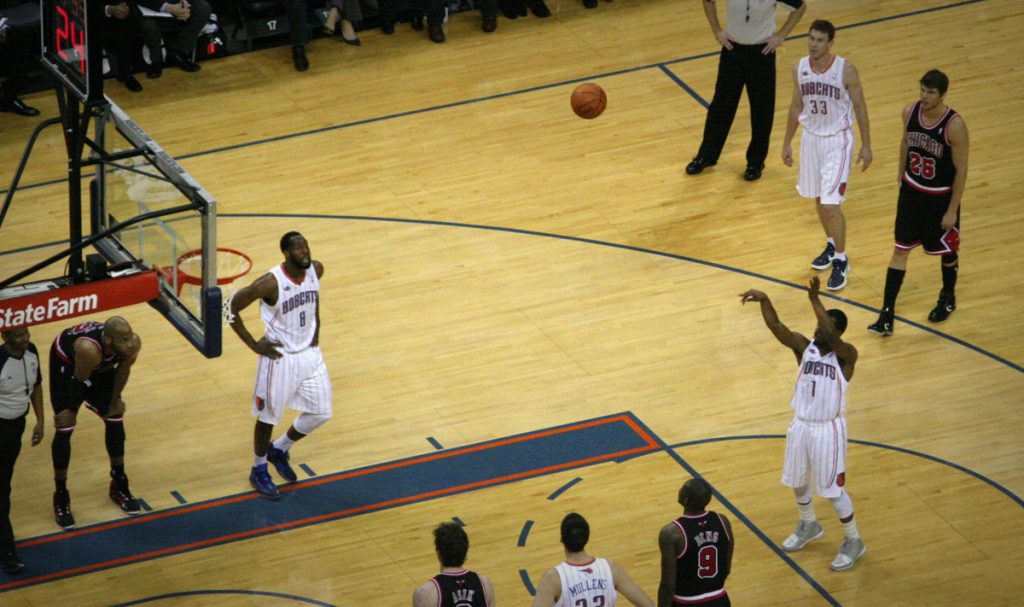
43.2.6 During a free throw(s) to be followed by another free throw(s) or throw-in , all players must remain behind the imaginary extension of the free throw line and behind the 3-point field goal line.
Non-compliance Art. 43.2.3, 43.2.4, 43.2.5 and 43.2.6 is a violation.
43.3 Punishment
43.3.1 If the penalty throw is successful and violation (-y) is performed (-t) by a player performing the penalty throw, then the point is not counted.
Any other player's offense that occurs immediately before, at approximately the same time, or after the free throw shooter commits the offense shall be disregarded.
The ball is awarded to the opponents for a throw-in at the free-throw line unless further free throw(s) or possession penalty is to be taken.
43.3.2 then:
• If the ball hits the basket, a point is scored.
• Violation(s) ignored.